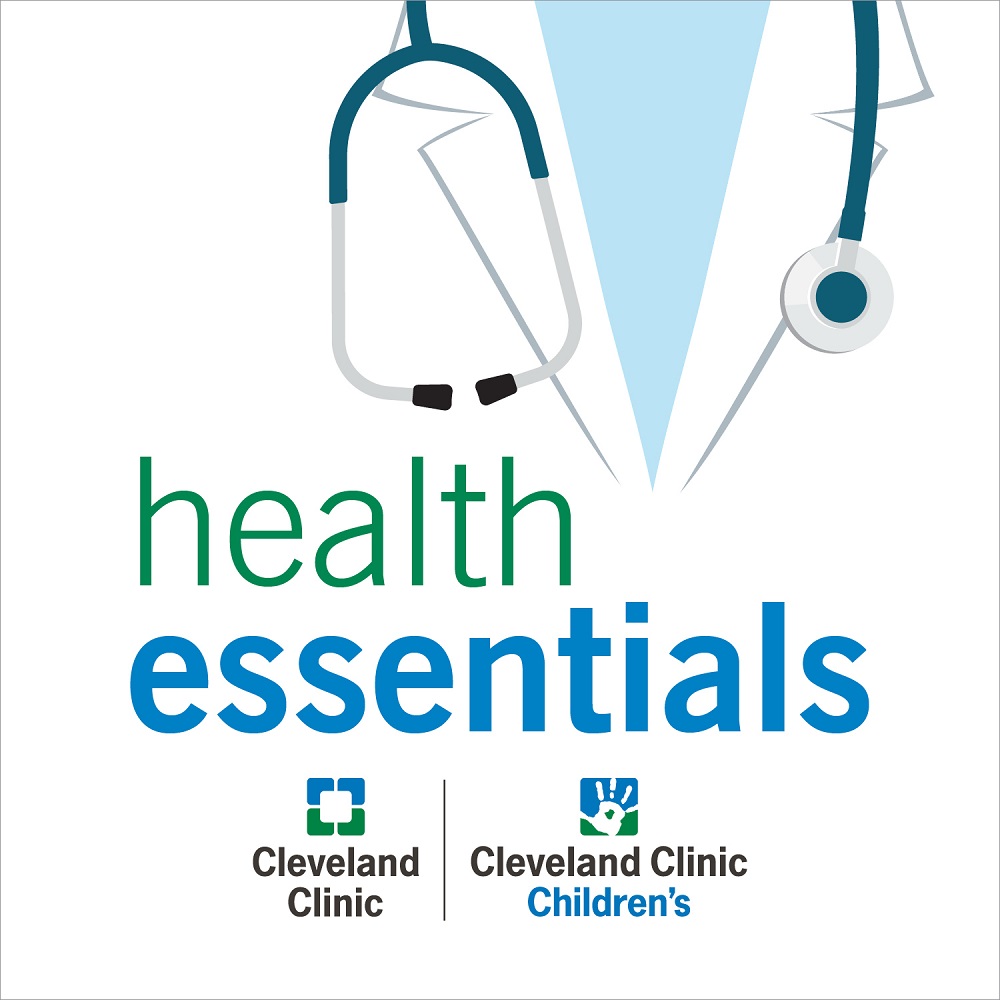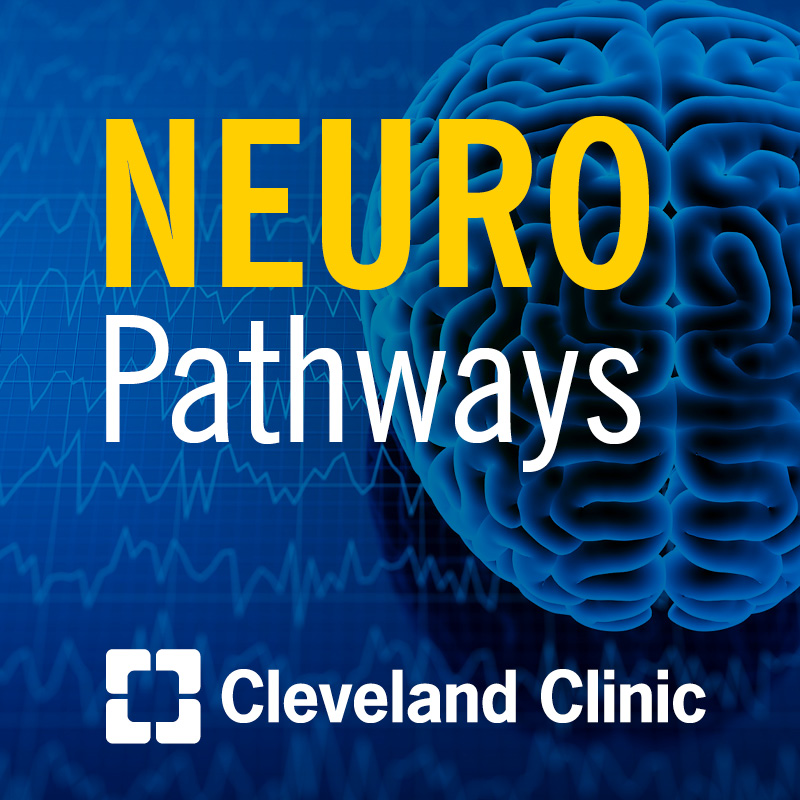Considerations for Familial Hypercholesterolemia

Familial hypercholesterolemia (FH) is an inherited lipid disorder affecting 1 in 220 individuals resulting in highly elevated low-density lipoprotein levels and risk of premature coronary disease. Dr. Leslie Cho and Dr. Ashish Sarraju discuss some of the nuances of managing patients with FH.
Subscribe: Apple Podcasts | Podcast Addict | Buzzsprout | Spotify
Considerations for Familial Hypercholesterolemia
Podcast Transcript
Announcer:
Welcome to Cleveland Clinic, Cardiac Consult, brought to you by the Sydell and Arnold Miller Family Heart, Vascular and Thoracic Institute at Cleveland Clinic.
Leslie Cho, MD:
Hi everyone. My name is Leslie Cho. I'm the Section Head for Preventive Cardiology and Cardiac Rehabilitation and it's really my pleasure to introduce Dr. Ashish Sarraju. He is our latest Preventative Cardiology family member, and I'm super excited to introduce him to you. He's going to speak today about inherited disorders, particularly FH. Ashish, tell us about FH.
Ashish Sarraju, MD:
Thank you. Thank you very much, Leslie, for the kind introduction. It's a pleasure to be part of the Cleveland Clinic and the Section of Preventative Cardiology. But yes, FH is, as you know, one of my main academic and clinical interests, and FH is one of the most common morbid inherited lipid disorders in the US, typically characterized by mutations that lead to lifelong elevations in LDL cholesterol. As you know, there are arguably two main forms of the condition heterozygous FH, where individuals carry a single copy of the core mutation and homozygous FH where individuals carry two copies of the mutation.
Leslie Cho, MD:
How common is it?
Ashish Sarraju, MD:
Yeah, heterozygous FH is quite common and is generally under-recognized in the United States. Some estimates have said that only 10 percent of individuals with FH have been diagnosed in the US, but heterozygous FH estimates have been placed at anywhere from 1 in 200 to 1 in 300 in the US, which is incredibly common. Homozygous FH is a much more severe phenotype with two copies, tends to present early in childhood, and it's much less common, really, one in several hundred thousand people.
Leslie Cho, MD:
When should our clinicians be attuned to FH and testing for FH?
Ashish Sarraju, MD:
Yeah, no, that's a great question. I'd say as a rule of thumb, a good place to start would be if individuals have an LDL cholesterol that's greater than 190 milligrams per deciliter as adults, that's a good place to kick off the suspicion about whether or not this could be FH. Along with that, individuals who have a strong family history of premature atherosclerotic cardiovascular disease or ASCVD with elevated LDL cholesterol that may not quite meet 190 may also still be good candidates to be considered for FH screening.
Leslie Cho, MD:
There's been a lot of controversy about genetic testing, number one being cost, but number two being that we're going to treat these people super aggressively, so what's the point of doing genetic testing? Speak to us about genetic testing.
Ashish Sarraju, MD:
That's a great question, and in FH, I think it makes a lot of sense to offer genetic testing routinely as part of clinical care. That's because of a few different reasons. One is that genetic testing can help establish the diagnosis definitively because FH does have a few culprit mutations that really can clinch the diagnosis. Two, genetic testing, and this is perhaps the most crucial part of this, can help diagnose entire families with FH, and we like to say as you know, we don't diagnose individuals with FH, we diagnose families with FH. If a pathogenic mutation is found, really, we can use that to screen multiple family members and really spread out our diagnostic search area. Three, there are good data showing that the presence of a mutation alone may confer prognostic value. Individuals with a pathogenic FH mutation may have a higher risk of coronary disease than individuals without a pathogenic mutation at comparable levels of LDL cholesterol.
Leslie Cho, MD:
Yeah, one could envision where if you have genetic defect, that you would maybe treat them even more aggressively.
Ashish Sarraju, MD:
That's right.
Leslie Cho, MD:
In the primary prevention setting than anyone else. How much is genetic testing?
Ashish Sarraju, MD:
Yeah, it's a great question. Luckily, the price has dropped considerably, so you'll hear quotes anywhere from a few hundred dollars to maybe sometimes even less than a hundred dollars.
Leslie Cho, MD:
There's been lots of excitement about treatment, but tell us about the treatment. When you see a patient, primary prevention, heterozygous FH, what are some of the treatments you start them on? Take us through the whole gamut.
Ashish Sarraju, MD:
Absolutely, absolutely. Once we see a patient with FH, we've established the diagnosis, we've risk stratified them appropriately with any additional testing as needed, the fundamentals of FH treatment, as you know, are to control the LDL cholesterol level, so we start with intensive lifestyle modification, which in our prevention clinic, we're lucky to have nutrition and exercise counseling embedded.
We of course start with that, but typically, these patients need lipid lowering therapy to control their LDL cholesterol levels for which statins remain the mainstay of first line treatment, but really, we can escalate beyond that quickly. Typically, we are aggressive about escalation if LDL goals aren't reached in this patient population.
Leslie Cho, MD:
We start with high intensity statin, we then go to Zetia and then we go to PCSK9 inhibitors.
Ashish Sarraju, MD:
That's exactly right. PCSK9 inhibitors, as you know, are exceptionally effective in reducing LDL cholesterol, but from an insurance coverage standpoint, insurance does cover PCSK9 inhibitors for primary prevention for heterozygous FH if it's properly diagnosed and documented. I think there is a strong advantage, again, going back to the genetic testing question and the specialist referral question in that documenting that diagnosis can really help obtain the necessary approvals to adequately treat them.
Leslie Cho, MD:
Beyond PCSK9, what are some of the other treatments that are available?
Ashish Sarraju, MD:
It's a great question too. The latest kid on the block is of course Inclisiran, recently approved. Again, leads to about a 50 percent drop in LDL cholesterol. I think that is a good option as well. Of course, there're things like bempedoic acid, which are much more modest in comparison, but more exciting or more advanced therapies for FH patients include, if they're recalcitrant to all these therapies, we can even consider lipoprotein apheresis which we do here at the Cleveland Clinic to control their LDL cholesterol. There are a number of therapies now in the research pipeline that are particularly exciting, including gene editing.
Leslie Cho, MD:
Yeah. I think one of the other excitements around this particular disease state is that it's a disease state that you can really see a cure very soon. In the near future, you can really theoretically see a possibility where a patient with heterozygous FH may even be cured of their disease and never have to take a drug. I think one of the things about the Cleveland Clinic Prevention Clinic is that we have a nutritionist, an exercise physiologist, as you said, and cardiologist who specializes in lipids, and also, we have all these research that are ongoing that's really exciting for our patients to tap into and for clinicians to refer to, but these are really exciting times in cholesterol management.
Ashish Sarraju, MD:
Absolutely. I couldn't agree more. I think the importance of prevention has never really been as prominent as it is now. Certainly, I think in our section, we're very well equipped to deal with complex patients and manage them in a quick effective manner.
Leslie Cho, MD:
I'm going to let you have the last word here, but if you have someone with heterozygous FH at the age of 35, so their LDL is 190 and they're male, what do you think is the LDL target for that patient?
Ashish Sarraju, MD:
That's a great question. I think if you look at general consensus statements and guidelines, in the absence of clinical atherosclerotic cardiovascular disease, the general goal for their LDL cholesterol should be less than 100 milligrams per deciliter. Of course, we'd want to be more aggressive with that depending on their clinical profile in general. For example, if they have very high coronary artery calcium scores or extremely high lipoprotein A level or other risk stratification factors, we may want to be more aggressive, but at least less than 100 would be our general starting place.
Leslie Cho, MD:
If a patient has an LDL of 190 at a job fair and they come to their general practitioners or their general cardiologist and the cardiologists want to diagnose heterozygous FH without genetic testing, what are some of the things that they can do?
Ashish Sarraju, MD:
I think that's a great question, Leslie. They can, of course, any time refer their patients to preventive cardiology or lipid specialists who can go through the system, but there are clinical criteria out there for FH whose utility is not 100 percent clear across the board, of course, but the most commonly used one is something called a Dutch Lipid Clinic Network criteria, the DLCN criteria, which includes a combination of personal history, family history, physical exam findings, their blood tests, their LDL level, and genetic testing results if available. The DLCN criteria is not the only set of criteria out there. There's the US MEDPED criteria, there's the Simon Broome Register criteria, and certainly, in Preventative Cardiology, we can help navigate through that. But the DLCN criteria are a good place to start for anyone who's interested in initially screening their patients.
Leslie Cho, MD:
Are there ethnic differences?
Ashish Sarraju, MD:
That's a great question. There probably are, and that's the trouble with clinical criteria in general, because they're derived from certain populations. Whether they're widely generalizable is not fully clear, and that's why the role of genetic testing and diagnosing FH is important, because it helps add in that extra element of diagnostic accuracy if the clinical criteria missed something.
Leslie Cho, MD:
Is heterozygous FH found more in Caucasian population, or is it just the testing bias of the Caucasian population?
Ashish Sarraju, MD:
No, that's a great question. If you look at the traditional populations that have really done a good job studying and characterizing FH prevalence, a lot of those studies really come from countries with Caucasian populations. We're starting off with that level of bias already when we think about FH diagnostic criteria.
Leslie Cho, MD:
Are there FH work being done in other parts of the world? For example, Southeast Asia and East Asia?
Ashish Sarraju, MD:
Yeah. There's FH work that's being done globally. There are great global FH projects looking at the prevalence of FH. I think as a field, we've become more attuned to the fact that we need to look at FH globally.
Leslie Cho, MD:
Wonderful. Thank you so much.
Ashish Sarraju, MD:
Thank you.
Leslie Cho, MD:
Thank you everyone for joining us to talk about inherited cholesterol issues today. Thank you.
Ashish Sarraju, MD:
Thank you.
Announcer:
Thank you for listening. We hope you enjoyed the podcast. We welcome your comments and feedback. Please contact us at heart@ccf.org. Like what you heard? Subscribe wherever you get your podcasts, or listen at clevelandclinic.org/cardiacconsultpodcast.

Cardiac Consult
A Cleveland Clinic podcast exploring heart, vascular and thoracic topics of interest to healthcare providers: medical and surgical treatments, diagnostic testing, medical conditions, and research, technology and practice issues.



